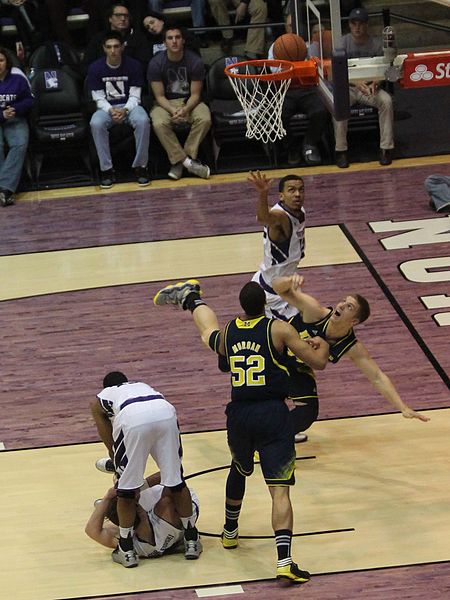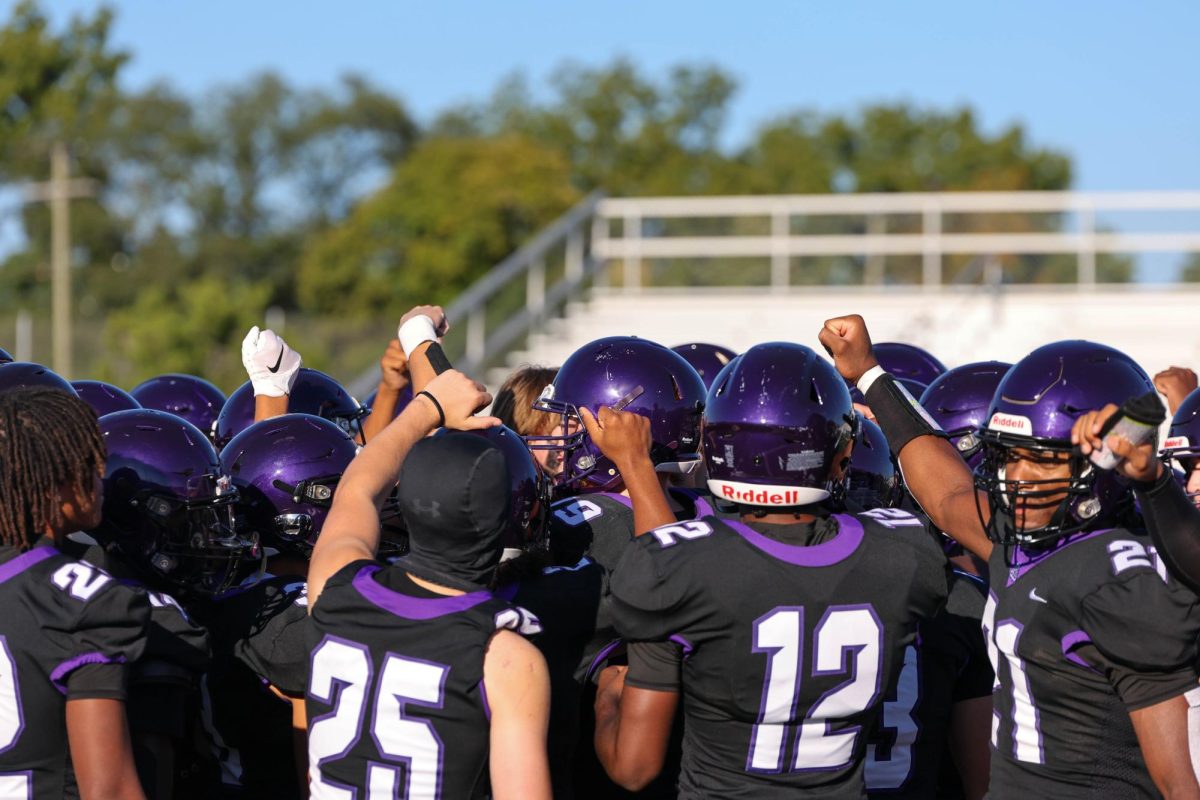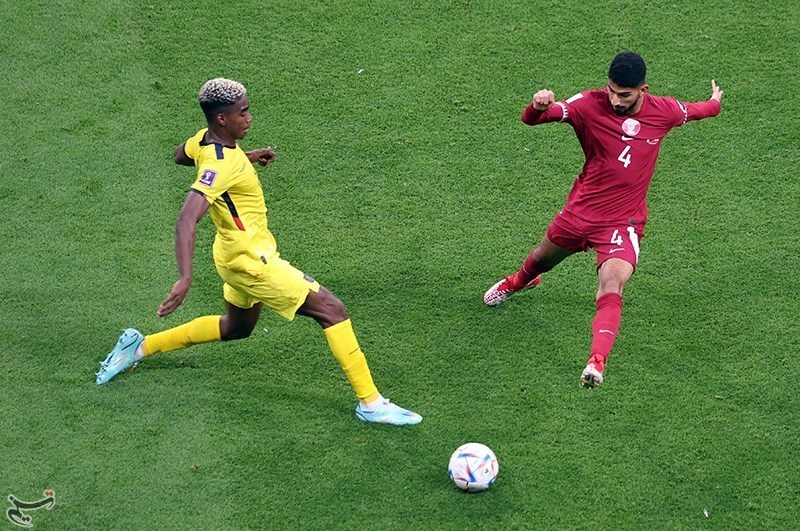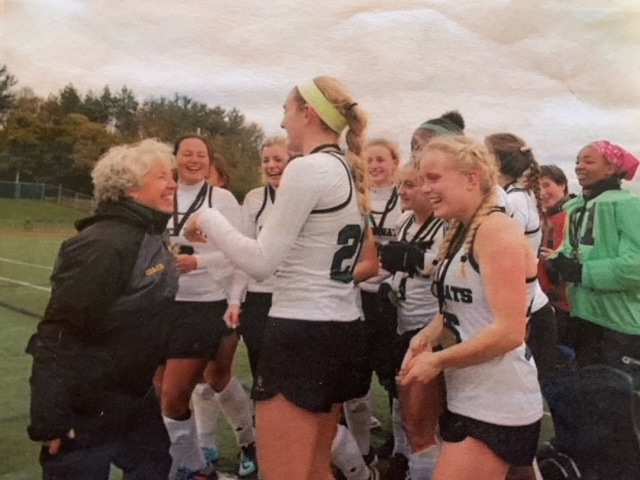
To review or not to review? That is the question that has riddled many sports as technology has become ever-prevalent in a multitude of America’s favorite pastimes. The goal of officials using video as a means of deciding upon or re-evaluating calls is to increase the accuracy in areas such as fouls, out of bounds and point value of shots. However reviewing also slows down the game and can provide teams with a free time out down the stretch when it matters most. The NCAA Men’s Basketball Rules Committee is proposing to add more instances in which officials are allowed to refer to the monitor when making their calls. Come June 18, the Playing Rules Oversight Panel will be forced to decide how technology will shape college basketball in the future.
The proposals by the Rules Committee calls for three changes for monitor review in men’s and women’s basketball. If approved, officials will be allowed to use the monitor whenever they deem necessary to determine the appropriate player to be charged with a foul in the case that it is nebulous. In addition, it calls for a review of point value for shots taken within the last four minutes and overtime in games as well as review of shot clock violations and out of bounds calls in the last two minutes.
Player safety is by far the most important aspect in college athletics, and more and more rules have been implemented to safeguard players from egregious fouls that are likely to cause concussions. The Flagrant 1 and Flagrant 2 rules were instituted this past season along with the circle in which players cannot take charges. The majority of the rule changes seek to further enforce these previously implemented rules.
Elbowing is a dangerous maneuver which can cause bodily harm especially when it occurs in the region of the head and neck. Elbowing in the midsection and legs is typically a common foul but above the shoulder it is considered a flagrant foul. The Rules Committee is calling for review to be allowed in all cases involving a thrown elbow. This will allow officials to better determine whether the elbow was a common foul or a Flagrant 1 or 2.
The committee also seeks to increase the limits on charging. As is the rule for a charging call is that the defensive player has to have his feet set before the offensive player makes contact with him, and charges are not allowed to be taken in the semi circle located in the key. The NCAA is planning on further limiting charges by calling a blocking foul if the defensive player moves in the way of the offensive player after the offensive player is already in motion There has not been anything discussed about how this new rule would be monitored as the Rules Committee mentioned nothing about using monitor reviews to make a decision about who moved first, the offensive or defensive player.
The NBA considers limiting a players’ freedom of movement a personal foul and the NCAA is seeking to adopt that guideline. In conferences such as the Big Ten, freedom of movement is somewhat non-existent especially when you look at a team like Michigan State. The Spartans play a brand of defense that is known for being up close and personal along the 3-point arc. Freedom of movement protects a players right to make progress on the court. The rule would make four forms of contact illegal including arm bars, two handed contact, continuous one hand contact and repeated jabing. The hope is that calling fouls when a defensive player impedes an offensive players movement will help to increase the pace of plays.
Two rules were discussed but didn’t make it through the preliminary filtering of the Rule’s Committee. A dramatic decrease in shot clock time from thirty-five seconds to somewhere between twenty and twenty-five seconds was not passed. A diminished shot clock would allow for more possessions and help to bring college basketball up to the speed of the NBA. Increasing the number of required years of college play was also brought up, but it is not clear how formally. Striking the balance between keeping talent in college and making college basketball more like the NBA remains difficult for coaches and committee members alike.
The 2012-2013 Men’s NCAA Basketball season saw the lowest average points per game since 1982. With teams scoring only 67.5 points in a typical game, the NCAA seeks to help bring excitement back to college hoops. Although the season was culminated with a tournament full of cinderella stories and diaper dandies, for the casual fan low scoring games don’t hold the level of appeal that higher scoring games do. College basketball is not just a game, it’s an industry, and the NCAA hopes that their rule changes can help capture a new fan base who enjoy a faster style of play.










